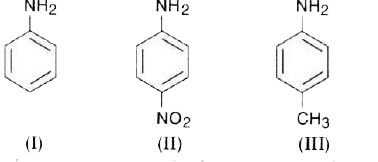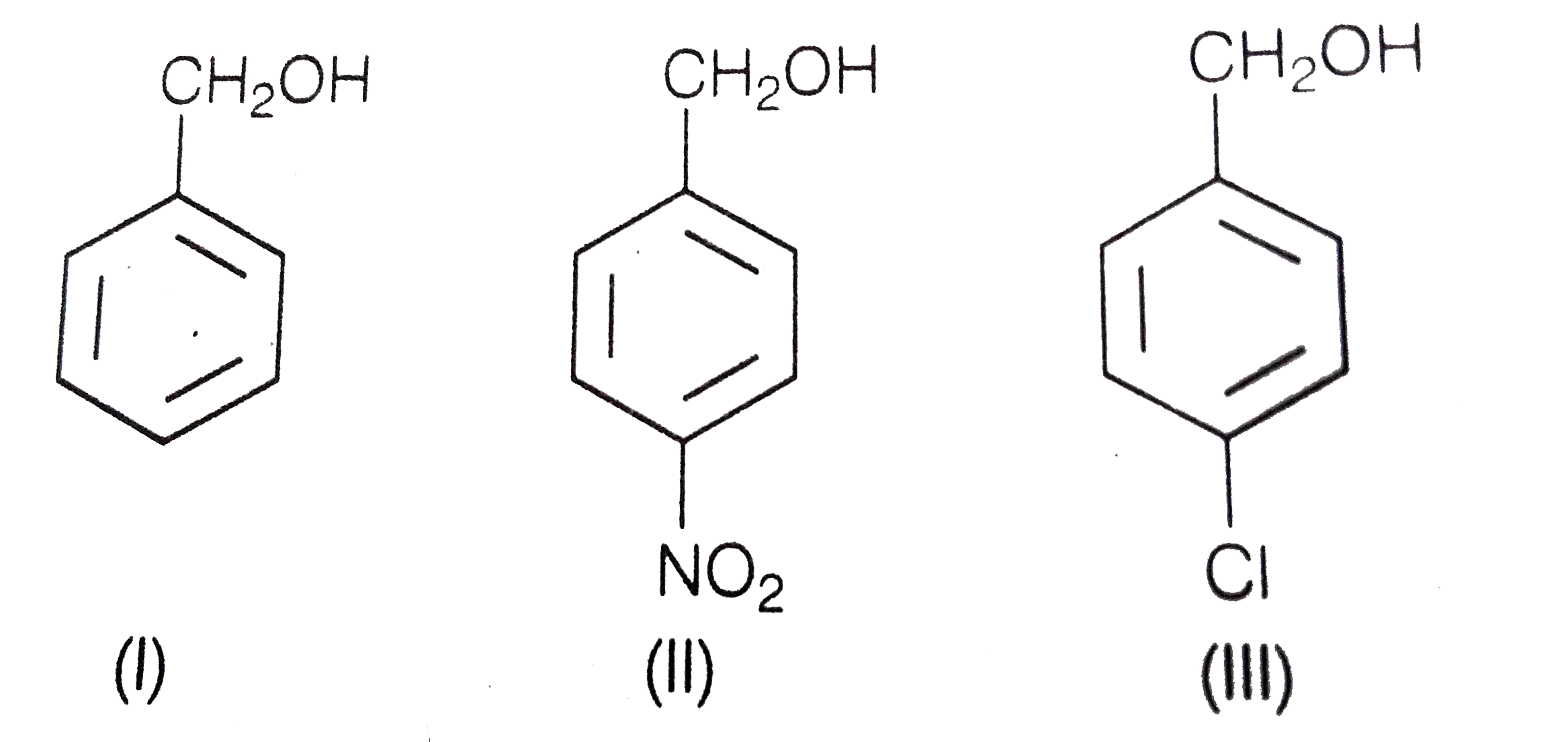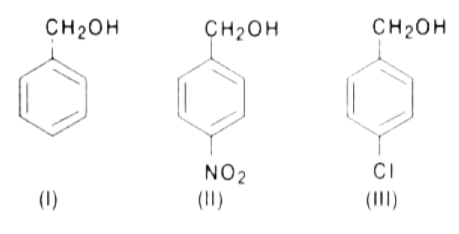The correct increasing order of trans-effect of the following species is
NH3>CN−>Br−>C6H−5
CN−>C6H−5>Br−>NH3
Br−>CN−>NH3>C6H−5
CN−>Br−>C6H−5>NH3
The correct Answer is:B
To determine the correct increasing order of trans-effect for the given species, we need to follow these steps:
Step 1: Understand the Concept of Trans-Effect
The trans-effect refers to the influence of a ligand on the substitution of another ligand that is positioned trans (opposite) to it in a coordination complex. The strength of the trans-effect varies among different ligands.
Step 2: Identify the Ligands
The ligands mentioned in the question are:
- CN⁻ (cyanide)
- C₆H₅⁻ (phenyl)
- Br⁻ (bromide)
- NH₃ (ammonia)
Step 3: Rank the Ligands Based on Their Trans-Effect
From the knowledge of trans-effect, we can rank the ligands based on their ability to facilitate the substitution of the trans ligand:
1. CN⁻ is a strong field ligand and has a strong trans-effect.
2. C₆H₅⁻ (phenyl) is weaker than CN⁻ but stronger than Br⁻.
3. Br⁻ is a weak field ligand and has a weaker trans-effect compared to both CN⁻ and C₆H₅⁻.
4. NH₃ is also a weak field ligand but weaker than Br⁻ in terms of trans-effect.
Step 4: Establish the Increasing Order
Based on the strength of the trans-effect, we can establish the following increasing order:
- NH₃ < Br⁻ < C₆H₅⁻ < CN⁻
Step 5: Conclusion
Thus, the correct increasing order of trans-effect for the given species is:
NH₃ < Br⁻ < C₆H₅⁻ < CN⁻
The trans-effect refers to the influence of a ligand on the substitution of another ligand that is positioned trans (opposite) to it in a coordination complex. The strength of the trans-effect varies among different ligands.
The ligands mentioned in the question are:
- CN⁻ (cyanide)
- C₆H₅⁻ (phenyl)
- Br⁻ (bromide)
- NH₃ (ammonia)
From the knowledge of trans-effect, we can rank the ligands based on their ability to facilitate the substitution of the trans ligand:
2. C₆H₅⁻ (phenyl) is weaker than CN⁻ but stronger than Br⁻.
3. Br⁻ is a weak field ligand and has a weaker trans-effect compared to both CN⁻ and C₆H₅⁻.
4. NH₃ is also a weak field ligand but weaker than Br⁻ in terms of trans-effect.
Based on the strength of the trans-effect, we can establish the following increasing order:
- NH₃ < Br⁻ < C₆H₅⁻ < CN⁻
Thus, the correct increasing order of trans-effect for the given species is:
NH₃ < Br⁻ < C₆H₅⁻ < CN⁻
Topper's Solved these Questions
- ALCOHOLS, PHENOLS AND ETHERSBOOK - AAKASH INSTITUTE ENGLISHCHAPTER - ALCOHOLS, PHENOLS AND ETHERSEXERCISE - Try yourself
5 Videos
- ALCOHOLS, PHENOLS AND ETHERSBOOK - AAKASH INSTITUTE ENGLISHCHAPTER - ALCOHOLS, PHENOLS AND ETHERSEXERCISE - Exercise
40 Videos
- ALCOHOLS, PHENOLS AND ETHERS BOOK - AAKASH INSTITUTE ENGLISHCHAPTER - ALCOHOLS, PHENOLS AND ETHERS EXERCISE - Try Yourself
5 Videos
Similar Questions
Knowledge Check
Choose the correct increasing order of density of the following compounds.
AC3H7Cl<C3H7i<CH2Cl2<Cl2BC3H7I<C3H7Cl<CH2CL2<Cl4CC3H7i<C3H7Cl<Cl4<CH2Cl2DCCl34<CH2Cl2<C3H7i<C3H7ClWhat is the correct increasing order of the pH of the following solutions with equal concentrations?
AHCl<NaOH<CH3COOHBHCl<CH3COOH<NaOHCNaOH<HCl<CH3COOHDCH3COOH<NaOH<HClThe correct increasing order of basic strength for the following compound is
 AII lt IIIlt IBIII lt Ilt IICIII lt IIlt IDII lt I lt III.
AII lt IIIlt IBIII lt Ilt IICIII lt IIlt IDII lt I lt III.
Mark the correct increasing order of reactivity of the following compounds with HBr/HCl.

View SolutionMark the correct increasing order of reactivity of the following compounds with HBr/HCI.

View SolutionMark the correct increasing order of reactivity of the following compounds with HBr/HCl.

View SolutionCorrect increasing order of osmotic pressure for the following is
View SolutionThe correct order of increasing bond angles in the following species is
View Solution

